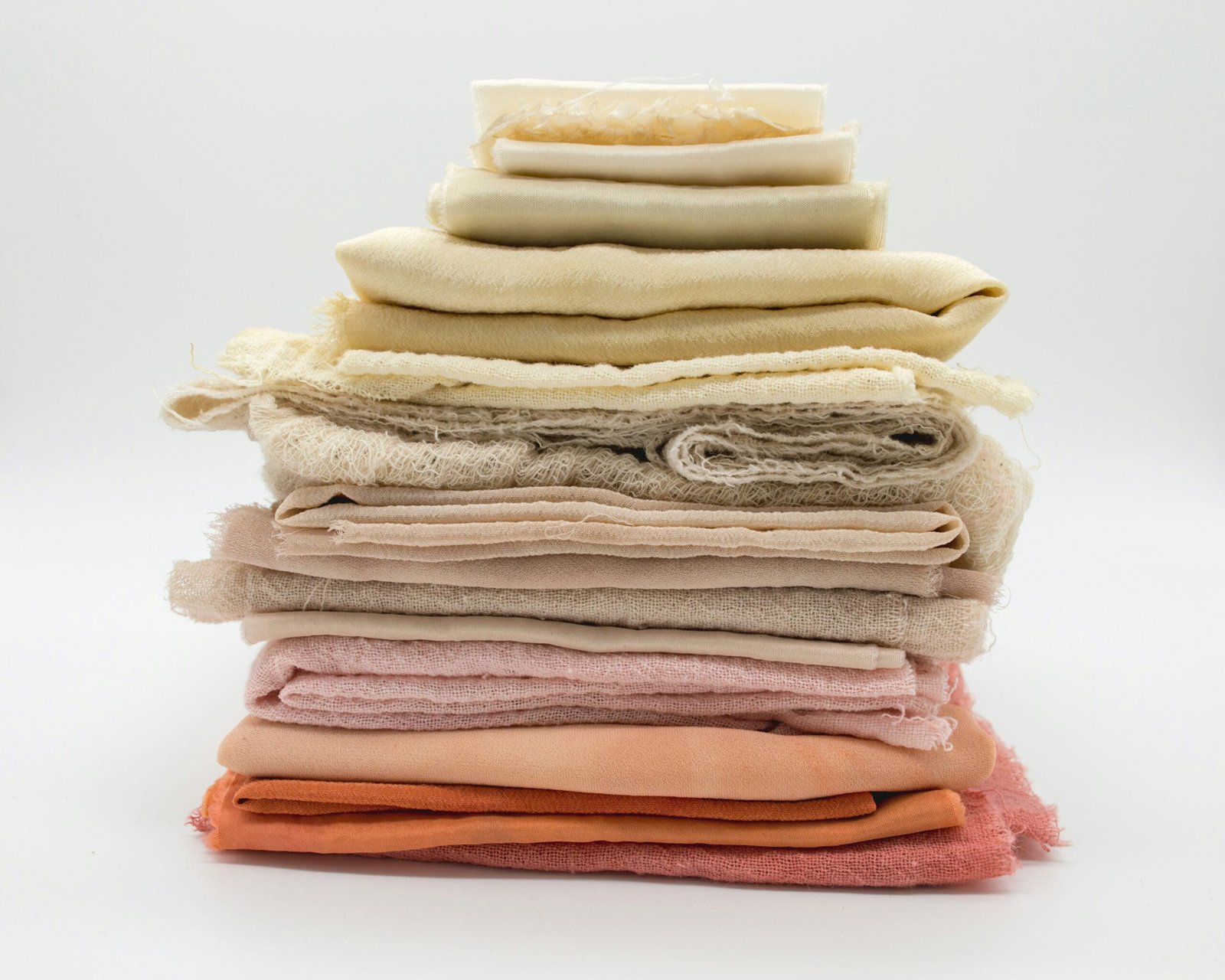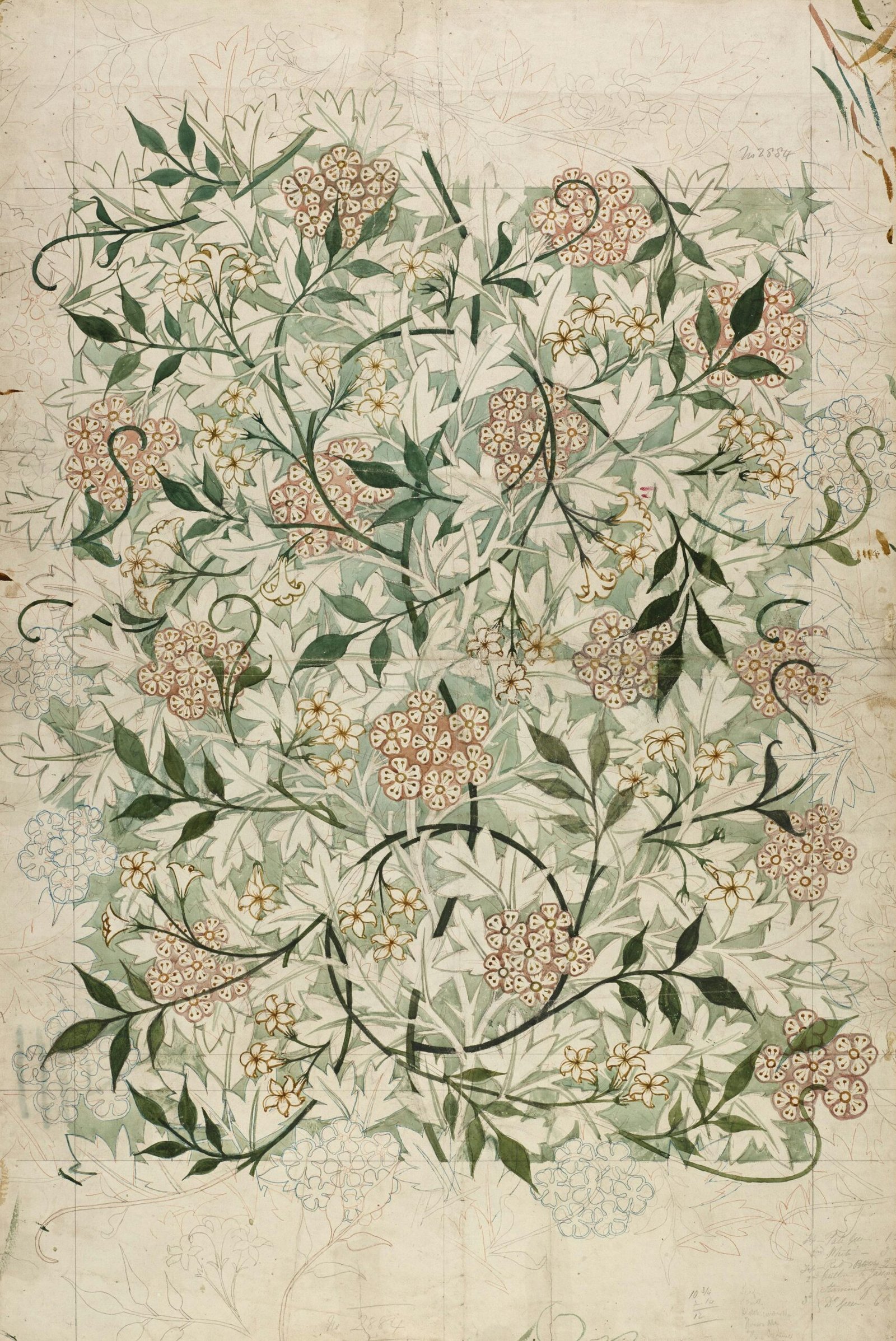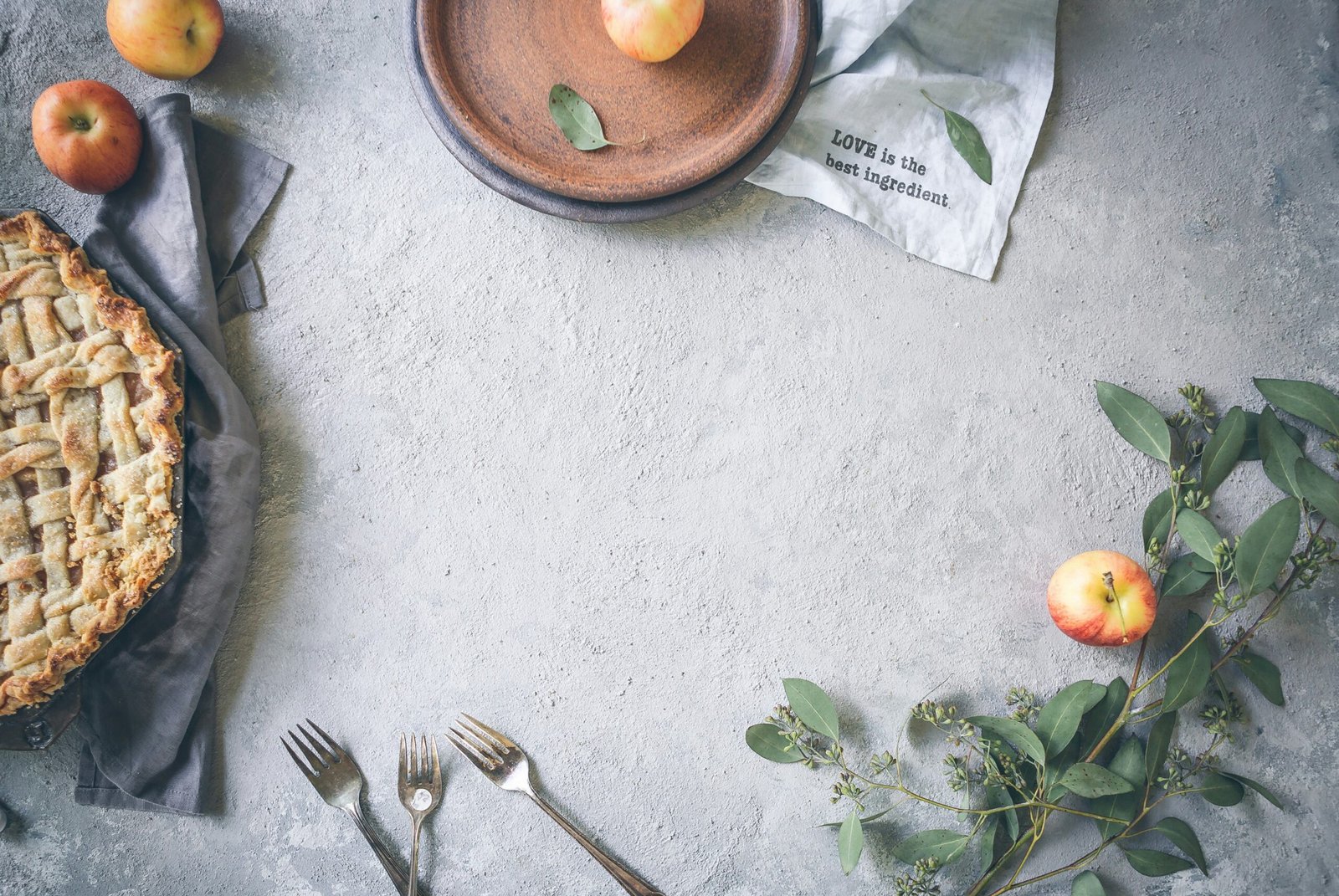Introduction to DIY Kids’ Room Decor
Decorating a child’s room can be a delightful and rewarding experience, especially when you opt for DIY projects. Engaging in DIY kids’ room decor is not just about creating a visually appealing space; it is also about fostering a collaborative environment where both parents and children can express their creativity. This hands-on approach offers numerous benefits, making it a popular choice among families.
One of the primary advantages of DIY kids’ room projects is the opportunity it provides for children to participate in the decorating process. This involvement can significantly enhance their creativity and decision-making skills. As children select colors, patterns, and themes, they learn to articulate their preferences and make choices that reflect their personality. Moreover, working together on a project can strengthen the bond between parents and children, as they share ideas and tackle challenges collectively.
In addition to fostering creativity, DIY decor projects are often more cost-effective than purchasing ready-made items from stores. With a little ingenuity and effort, parents and kids can repurpose materials and create unique pieces that are both beautiful and functional. This not only saves money but also provides a sense of accomplishment when the room is completed. Reusing materials and personalizing decor contributes to a more sustainable approach to living, teaching children the value of resourcefulness.
Overall, embarking on DIY kids’ room decor projects is an enriching experience that goes beyond mere aesthetics. It offers valuable lessons in creativity, cooperation, and cost-efficiency, making it a worthwhile endeavor for any family. As you explore various ideas and techniques, you will find that the true reward lies in the joy and pride that come from creating a personalized space for your child.
“`
Painting and Wall Art Ideas
Transforming a kid’s room with creative painting and wall art ideas can infuse the space with personality and foster a child’s imagination. Selecting simple yet fun painting techniques is crucial for achieving an engaging and vibrant atmosphere. Techniques such as sponge painting can create interesting textures, while stenciling offers a way to add designs and patterns with ease. Creating murals is another captivating option; large-scale images of enchanted forests, outer space adventures, or jungle safaris can turn walls into a canvas for storytelling and exploration.
When selecting themes and colors, it’s important to consider the child’s age and interests. Age-appropriate themes like superheroes, animals, or fairy tales can make the room a magical place. Bright, stimulating colors work well for younger children, while more muted or sophisticated palettes can appeal to older kids. Involving children in the selection process can enhance their sense of ownership and excitement about their personal space.
Additionally, wall art can add a unique touch and an extra dose of creativity. Easy-to-make wall art pieces, such as framed pictures, provide an opportunity for personal expression. Kids can participate by painting their favorite scenes or illustrating their own stories. Wall decals are another convenient option; they come in a variety of designs and can be easily applied and repositioned, making them perfect for ever-changing tastes. Canvas paintings, which kids can create with simple acrylic paints and brushes, allow for a hands-on approach to decorating that encourages artistic expression.
These painting and wall art ideas are not only enjoyable projects but also great ways to personalize a kid’s room. By choosing simple techniques and age-appropriate themes, the resulting decor will be both charming and inspiring. Engaging children in the creative process ensures that their room becomes a true reflection of their unique personalities and interests.
DIY Furniture and Storage Solutions
Creating personalized and functional furniture for kids’ rooms doesn’t require extensive carpentry skills or loads of materials. With a bit of creativity and the right approach, you can furnish a room that is not only aesthetically pleasing but also highly functional. This section explores DIY furniture and storage solutions that can be easily achieved, such as custom shelves, refurbished furniture, and multipurpose storage bins.
Custom shelves are an excellent starting point for DIY enthusiasts. Floating shelves can be constructed using wooden planks, brackets, and screws. These shelves can be painted with vibrant or pastel colors to match the room’s theme, adding a touch of personality and uniqueness. Floating shelves not only provide a space-saving solution but also serve as a display area for books, toys, or decorative items.
Painting old furniture is a cost-effective way to give an existing piece a fresh look that complements the room’s decor. An old dresser can be revitalized with a coat of colorful paint and new hardware, transforming it into a stylish and functional storage unit. This not only breathes new life into outdated furniture but also provides a fun project that older kids can help with, fostering a sense of ownership and creativity.
When it comes to toy storage, customized toy boxes or storage bins are both practical and engaging. An easy DIY project involves using wooden crates, sanding them for a smooth finish, and then painting them in fun designs. Adding labels or stencils with pictures can make it easy for younger children to identify where their toys belong, promoting tidiness. Additionally, consider attaching wheels to the bottom of these crates for easy mobility, making clean-up a game.
Creating multipurpose solutions is another strategy to maximize space in a kid’s room. For instance, a storage bench that doubles as seating provides hidden storage while also giving kids a cozy nook for reading or playing. Such solutions encourage children to keep their room organized and reduce clutter, making the space more enjoyable to live in.
In conclusion, DIY furniture and storage solutions can significantly enhance both the functionality and visual appeal of a kid’s room. Through creative projects like custom shelves, painted furniture, and clever storage bins, you can create an environment that is organized, personalized, and most importantly, fun. By involving children in these projects, you not only teach them valuable skills but also impart the importance of maintaining a tidy space.
Personalized Accessories and Finishing Touches
Personalizing a child’s room can be a delightful experience that transforms it into a unique haven. Adding personalized accessories and finishing touches not only reflects the personality and interests of the child but also makes the space distinctly theirs.
One of the most charming ways to personalize a room is by creating name signs. These can be crafted from wood, metal, or even soft materials like felt. Allow your child to choose the colors and fonts, adding decals or stickers that reflect their interests, such as stars, flowers, or animals. A wooden name sign painted in bright hues or adorned with glitter can instantly capture the essence of the child’s individuality.
Another delightful addition is personalized pillows. Whether it’s a monogrammed pillow or one featuring their favorite cartoon character, these accessories add comfort and style. Consider simple sewing projects where you and your child can create pillowcases with their name or other fun patterns. Including diverse textures and patterns, like adding fringe or using fabrics like velvet and cotton, can make these pillows stand out.
Custom lampshades also provide an excellent opportunity for personalization. Using fabric paint, stickers, or decoupage techniques, you can turn a plain lampshade into a work of art that illuminates the room both literally and figuratively. Let your child design themes that match other room elements, such as an ocean theme with blue shades and sea creature cut-outs.
Incorporating children’s artwork into the decor is another fantastic way to personalize a space. Frame their drawings or display them on a corkboard. You can create a rotating gallery that showcases their evolving artistic skills, making them feel proud and connected to their surroundings.
Finally, adding textures, patterns, and thematic elements can cohesively tie the room together. Encourage children to participate in fun and easy crafts, like creating paper mache sculptures, painting canvases, or designing their own photo frames. These activities not only add a personal touch but also provide valuable bonding time.
By integrating these personalized accessories and finishing touches, you can create a space that celebrates your child’s creativity and ensures their room remains a reflection of their unique personality.



